1. Bloomin’ Onion (Outback Steakhouse)
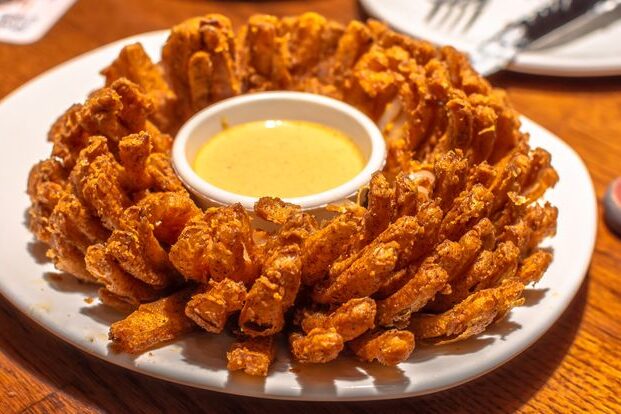
The iconic bloomin’ onion at Outback is a massive deep-fried onion appetizer that’s become synonymous with American indulgence. One serving typically delivers around 1,660–1,946 calories, with roughly 87 g of fat (including 48 g saturated fat), and over 4,000 mg of sodium. That’s a whole day’s worth of calories or sodium packed into a single starter. Globally, many countries with strict nutritional guidelines, especially in Europe and Asia, would never allow an appetizer that pushes these numbers. Even Outback doesn’t serve it in Australia, where the menu focuses on leaner fare. Yet in the U.S., it’s still a favorite, often shared among friends or enjoyed as a nostalgic treat.
2. McRib (McDonald’s)
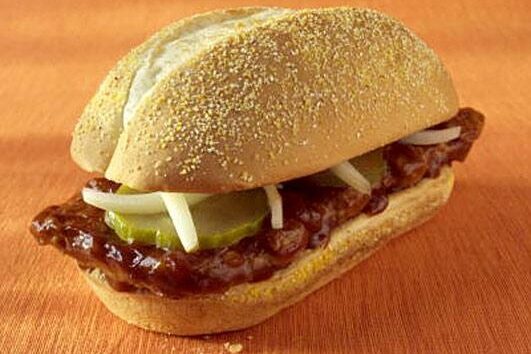
McDonald’s limited‑time McRib sandwich includes azodicarbonamide, a flour‑bleaching agent also used to make yoga mats and shoe soles. That compound is banned as a food additive in the European Union and Australia because of concerns over respiratory sensitization. Despite this, McDonald’s U.S. outlets still use it within FDA-approved limits (up to 45 ppm). While European and Australian regulations err on the side of precaution, the McRib remains a cult favorite here, complete with nearly 980 mg of sodium and 10 g of saturated fat, which is hotly debated among nutrition experts.
3. Subway Bread (U.S. recipe)

The same azodicarbonamide that’s in the McRib bun was also used as a dough conditioner in Subway’s U.S. bread. It was banned in Europe, where regulators forbid any food use due to health and safety concerns. In response to the backlash, Subway reformulated its bread worldwide by around 2014 to remove the chemical. Today, while Subway in Europe and elsewhere uses an adjusted recipe, the U.S. version reportedly underwent similar change, though debate persists about whether sodium, preservatives, and dough conditioners still differ from international offerings.
4. Domino’s Breadsticks (U.S. version)
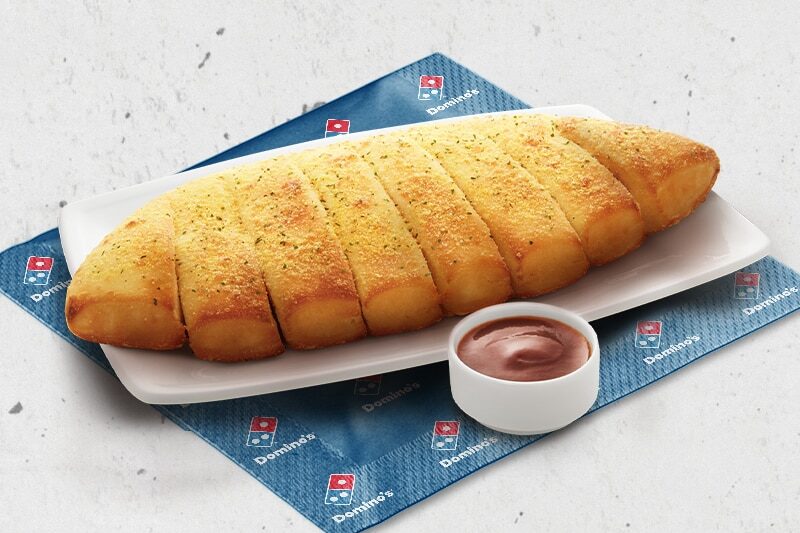
U.S. Domino’s breadsticks include synthetic preservatives BHA and BHT to extend shelf life and maintain texture. These compounds are disallowed in countries like the U.K., where food safety authorities have concerns about long‑term health effects. As a result, consumers in those countries enjoy fresh-baked breadsticks without them. Meanwhile, in the U.S., those additives remain standard, giving the breadsticks that uniform softness and longer shelf-life, but at the cost of stricter international standards.
5 American Cheese (Burger King)
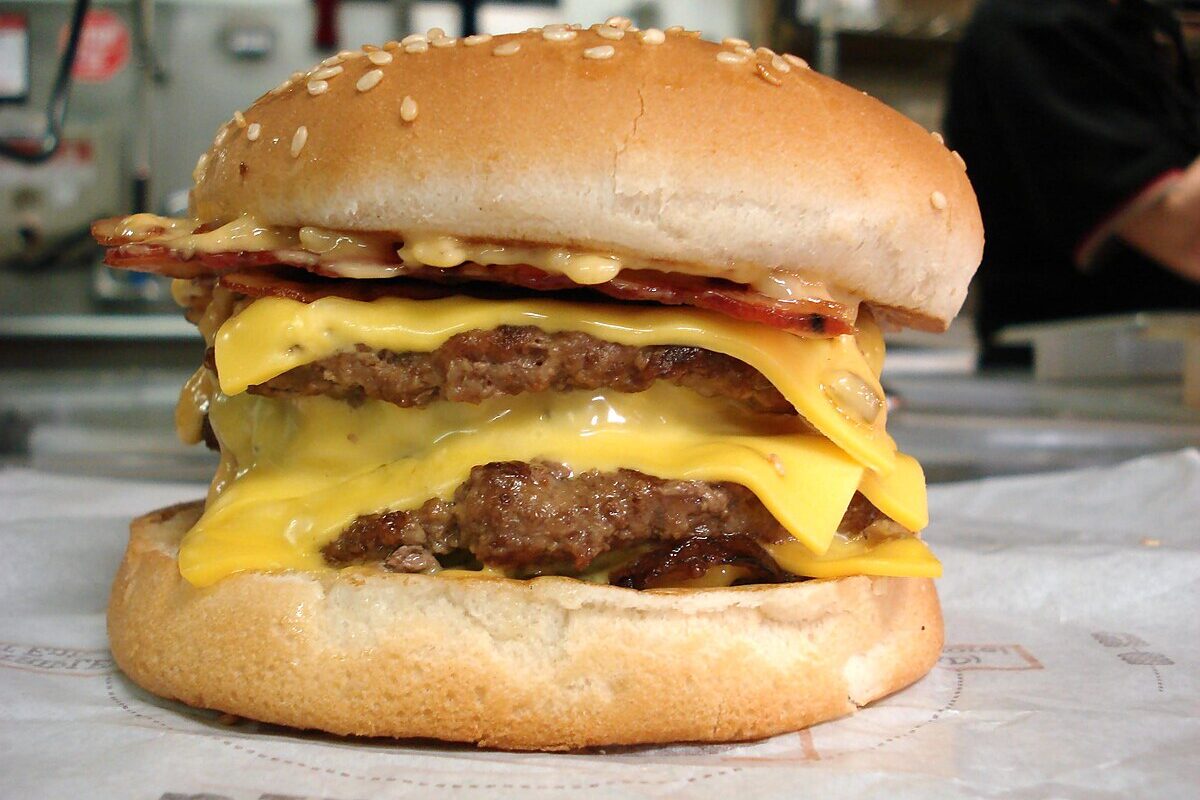
American cheese used by Burger King in the U.S. often includes preservatives like sorbic acid and artificial colorants to maintain its vivid orange color and long shelf life. In several European countries, regulator-approved cheeses do not allow these additives. Burger King’s global campaign (“real food gets ugly”) eliminated many artificial ingredients by 2021, but that mainly applied to items like the Whopper, cheese may still differ across regions. So an American cheeseburger might not just taste salty, it may also be colored and preserved in ways unlikely to pass muster overseas.
6. Baconator (Wendy’s)
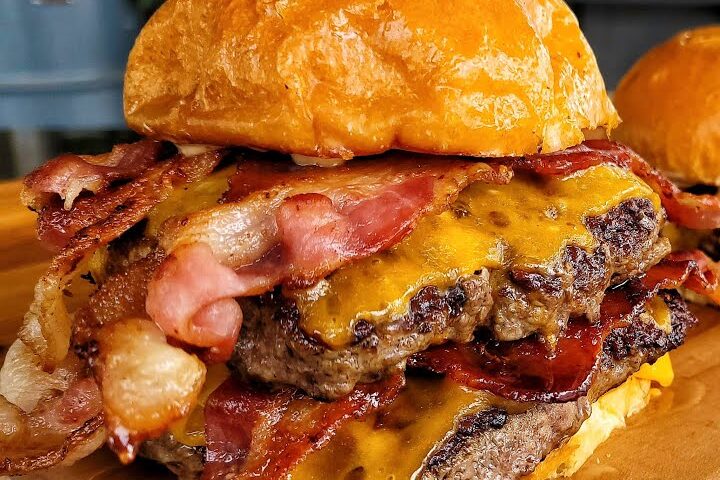
Wendy’s Baconator is overloaded with bacon, beef patties, cheese, mayo, and ketchup, packing in extremely high levels of saturated fat, sodium, and trans fats. While exact numbers vary, nutrition experts estimate it exceeds 1,000 calories, pushes sodium well beyond 1,500 mg, and contains unhealthy trans fats commonly restricted overseas.Countries with tight nutrient caps, like parts of Europe or Australia, would prohibit such a sandwich being sold as-is. Though trans fats have been phased out in many U.S. locations, the Baconator still sits at the extreme end of fast-food offerings and thrives in the U.S. market, where indulgence often trumps nutritional regulation.
7. Seasoned Beef (Taco Bell)
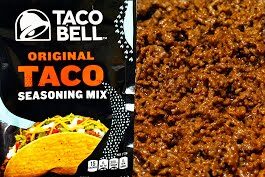
Taco Bell’s seasoned beef in the U.S. is famously made with extenders like water, binders, and flavor enhancers. A 2011 lawsuit claimed it contained as little as 35% actual beef, though Taco Bell insisted it’s “100% USDA‑inspected beef” with seasonings added later. In the UK, such a product failed to meet food labeling and meat-content standards and was rejected under stricter regulations.The core issue is transparency and terminology, the product is marketed as “seasoned beef,” yet legally might not qualify as beef under some definitions. Overseas regulators often err on the side of caution, disallowing foods that contain significant fillers, while U.S. consumers accept it as part of fast-food culture.
8. KFC Double Down
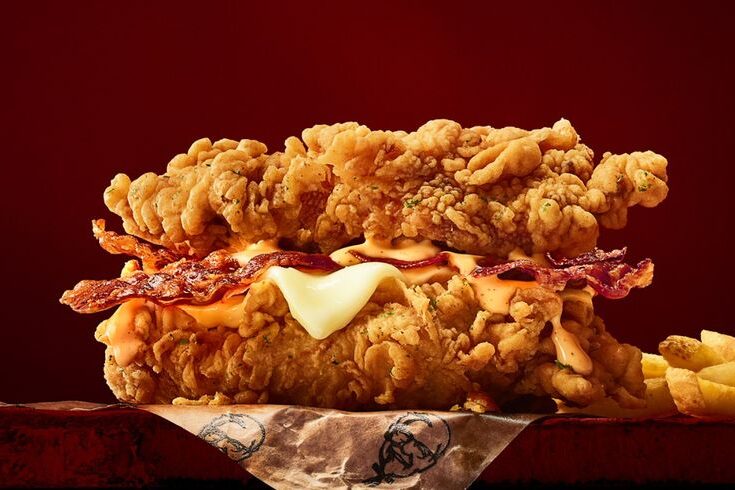
KFC’s “Double Down” replaces a bun with two fried chicken fillets, sandwiching bacon, cheese, and sauce. The calorie and sodium totals are extremely high: roughly 1,000–1,400 calories and 2,000 mg+ sodium, depending on the variation. That far exceeds daily limits in places like Australia, the U.K., and Japan, leading to its removal or heavy restriction abroad. In the U.S., however, it’s still offered as a limited-time indulgence, positioned as an exciting “all-protein” alternative, though nutritionists often caution against ordering it.
9. Pasta Napoletana (Cheesecake Factory)
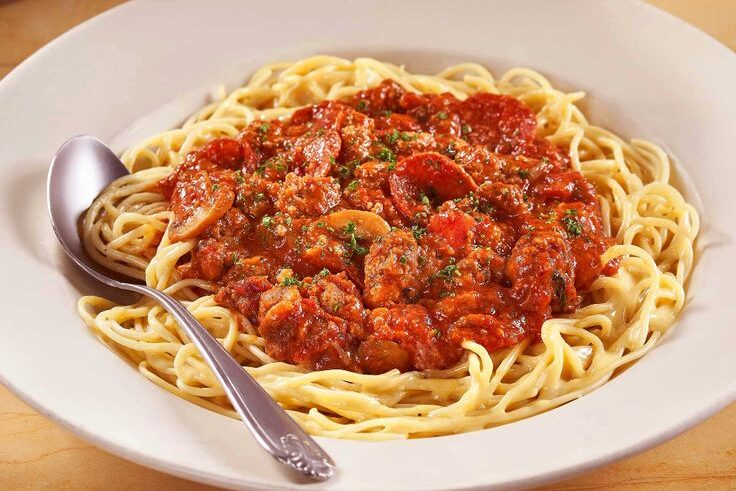
The Cheesecake Factory’s Pasta Napoletana is a calorie bomb, packed with about 2,480 calories, 221 g of fat (82 g saturated), and over 5,150 mg of sodium per order. That single dish alone delivers more than a day’s worth of calories and more than triple the recommended daily sodium intake. Countries like the UK and Japan, which enforce stricter nutritional guidelines, likely wouldn’t allow it on their menus. Even U.S. watchdogs have flagged it: the pasta was once dubbed “food porn” by CSPI and appeared in Reuters coverage highlighting its excesses, around 3,020 calories in some versions. Though the Cheesecake Factory defends it as something guests share or take home, it remains emblematic of U.S. portion inflation.
10. Fanta Orange (U.S. Recipe)
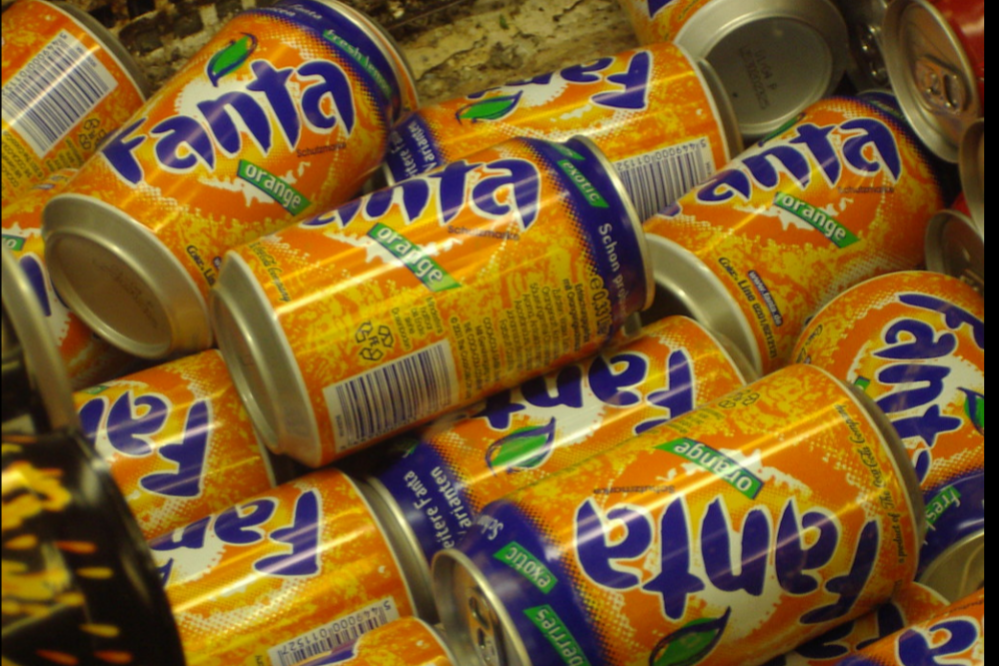
Fanta Orange sold in U.S. fast-food restaurants gets its bright color from artificial dyes, specifically Yellow 6 and Red 40, rather than natural sources like orange juice or carrot extract. In Europe and the UK, Fanta uses natural colorants, while the U.S. version still relies on these synthetic dyes.These artificial dyes have drawn concern over links to behavioral issues in children and potential carcinogenic compounds. The EU requires warning labels for dyes such as Red 40 and Yellow 6. Red 40 alone dominates U.S. food coloring but faces scrutiny, including impending FDA bans on some dyes by 2026 and restrictions in schools by 2027. Meanwhile, Americans continue sipping the vivid version, unknowingly ingesting additives many of their overseas counterparts do not.
This story 10 Fast Food Items Banned in Other Countries, But Still Sold in the U.S. was first published on Daily FETCH


